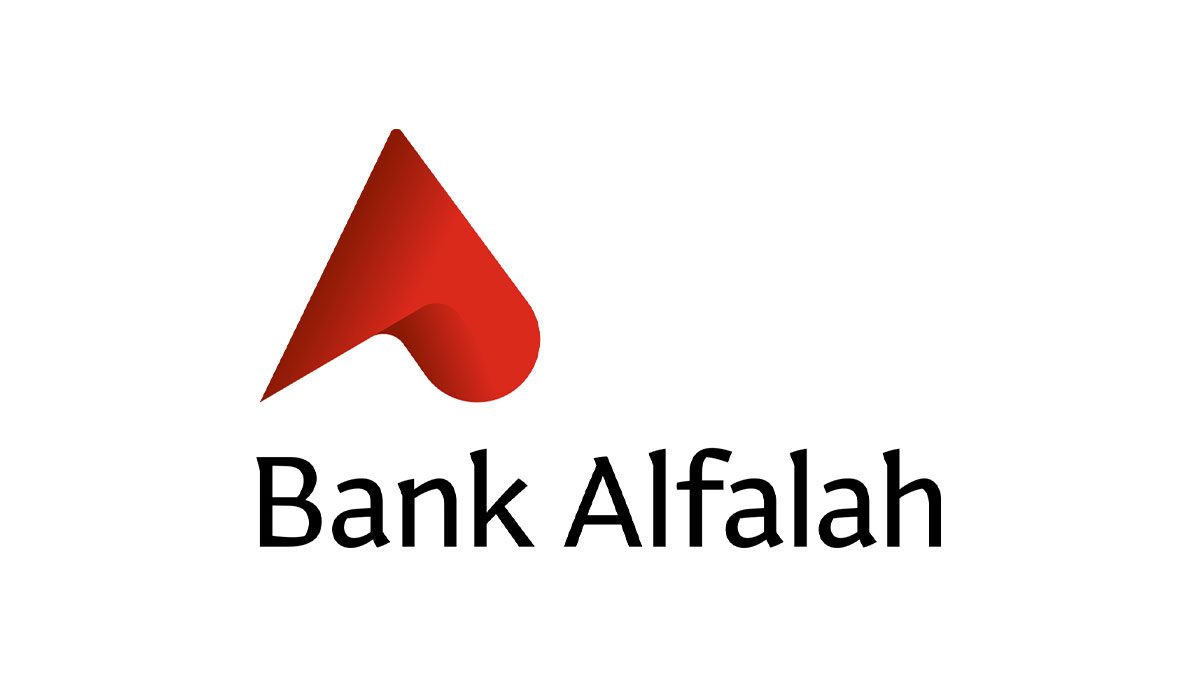In a turbulent turn of events, Bank Alfalah’s brokerage arm finds itself grappling with substantial financial losses, shedding light on underlying management issues and market challenges.
The trajectory of Bank Alfalah’s brokerage house took a downturn in 2022, amidst a confluence of economic and political upheavals. With the economy overheating, inflation soaring, and political instability prevailing, the stock market experienced a downturn, resulting in a loss of Rs 1.2 crores for the brokerage house.
The subsequent year, 2023, offered a glimmer of hope as Pakistan concluded successful talks with the IMF, alleviating fears of default. This positive momentum spurred a surge in the stock market, with leading brokerage houses reaping significant profits. However, Bank Alfalah CLSA failed to capitalize on the bullish market, in stark contrast to its counterparts. Instead, it incurred a staggering loss exceeding Rs 1 billion, leading to negative equity of Rs 78.5 crores and necessitating urgent intervention.
The departure of CEO Atif Khan amidst a veil of secrecy added to the brokerage house’s woes, hinting at internal management challenges. In response to the dire situation, Bank Alfalah, the parent company, injected an additional Rs 1.2 billion into the brokerage house, increasing its ownership stake from 62.5% to 90.6%.
Insider sources shed light on potential mismanagement and risky decision-making within the brokerage’s senior management, suggesting either misplaced trust or deliberate concealment of losses. These revelations underscore the need for a thorough reevaluation of internal processes and leadership strategies to navigate the brokerage house out of its current predicament.
Bank Alfalah’s efforts to salvage its subsidiary highlight the gravity of the situation, as the brokerage house grapples with the aftermath of significant financial setbacks. As stakeholders await further developments, the incident serves as a cautionary tale within Pakistan’s financial landscape, emphasizing the importance of prudent risk management and transparent governance practices.





